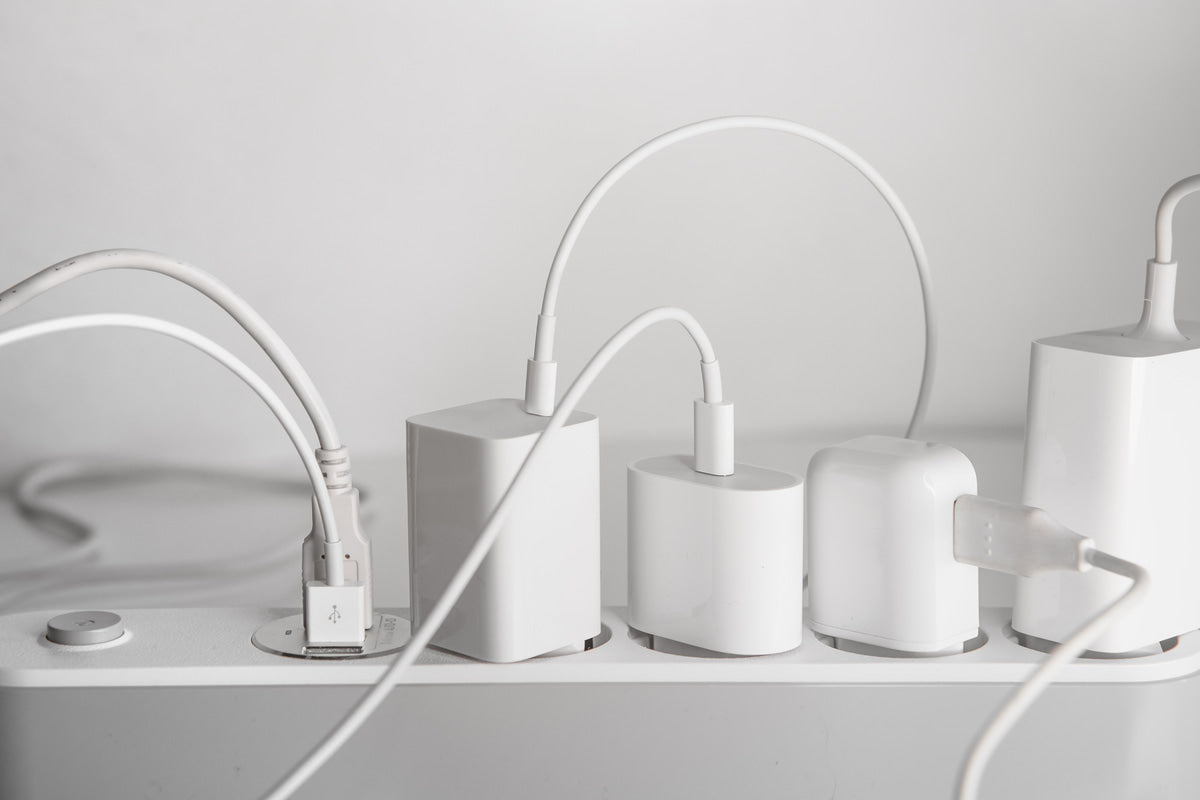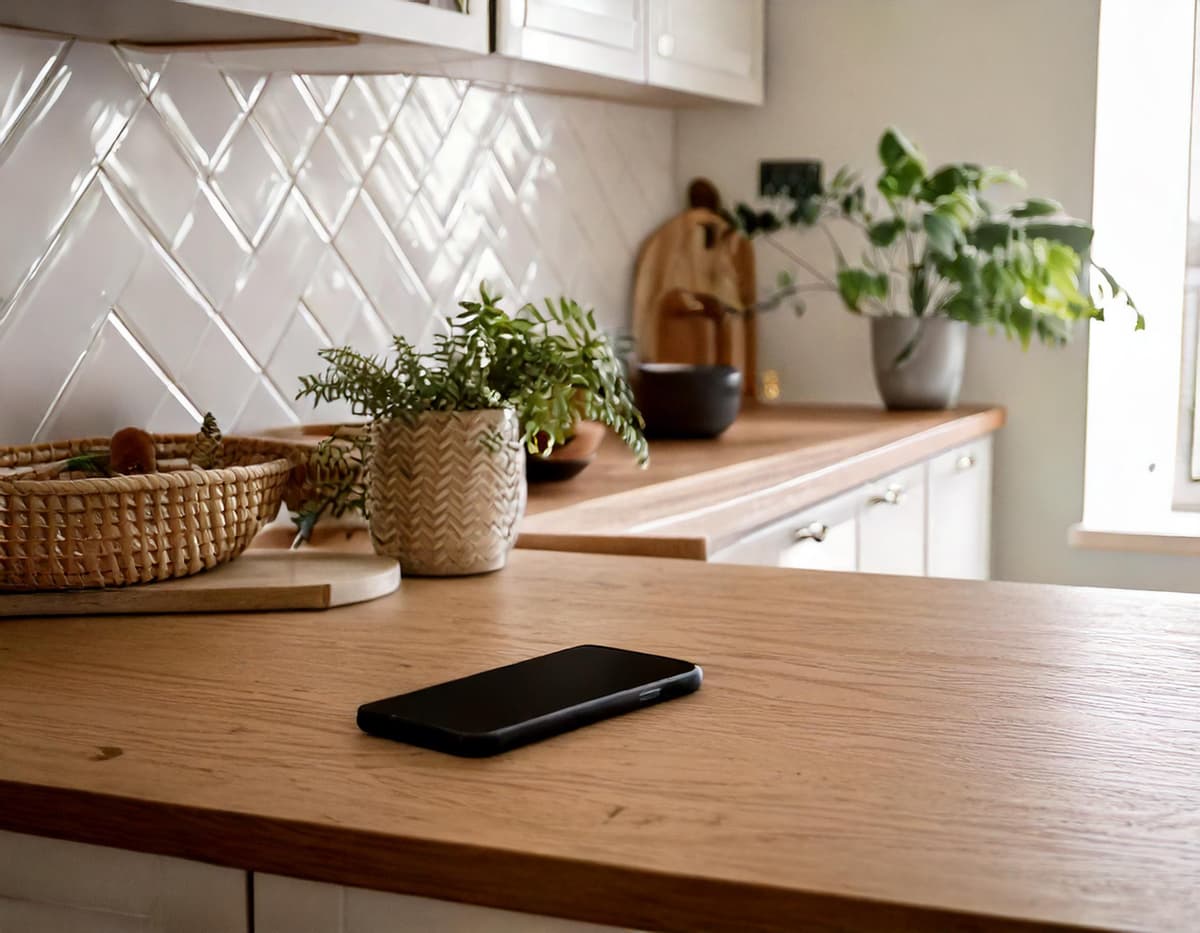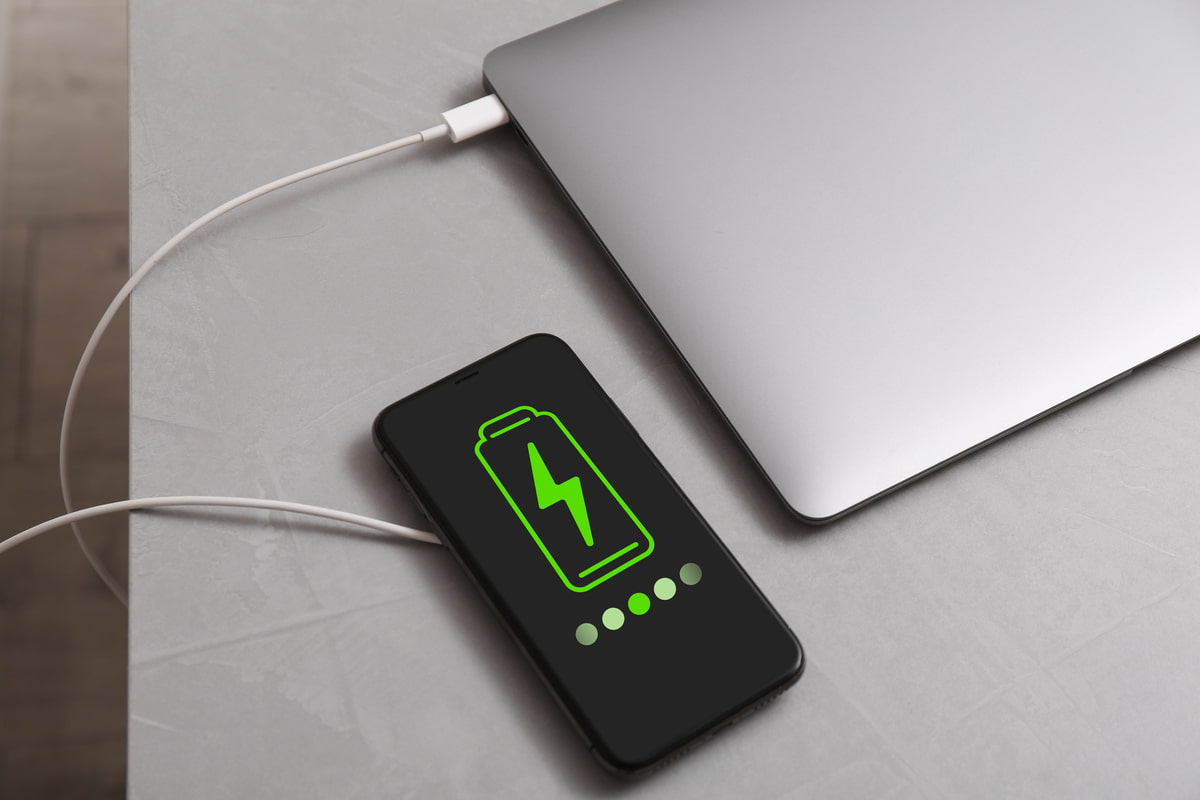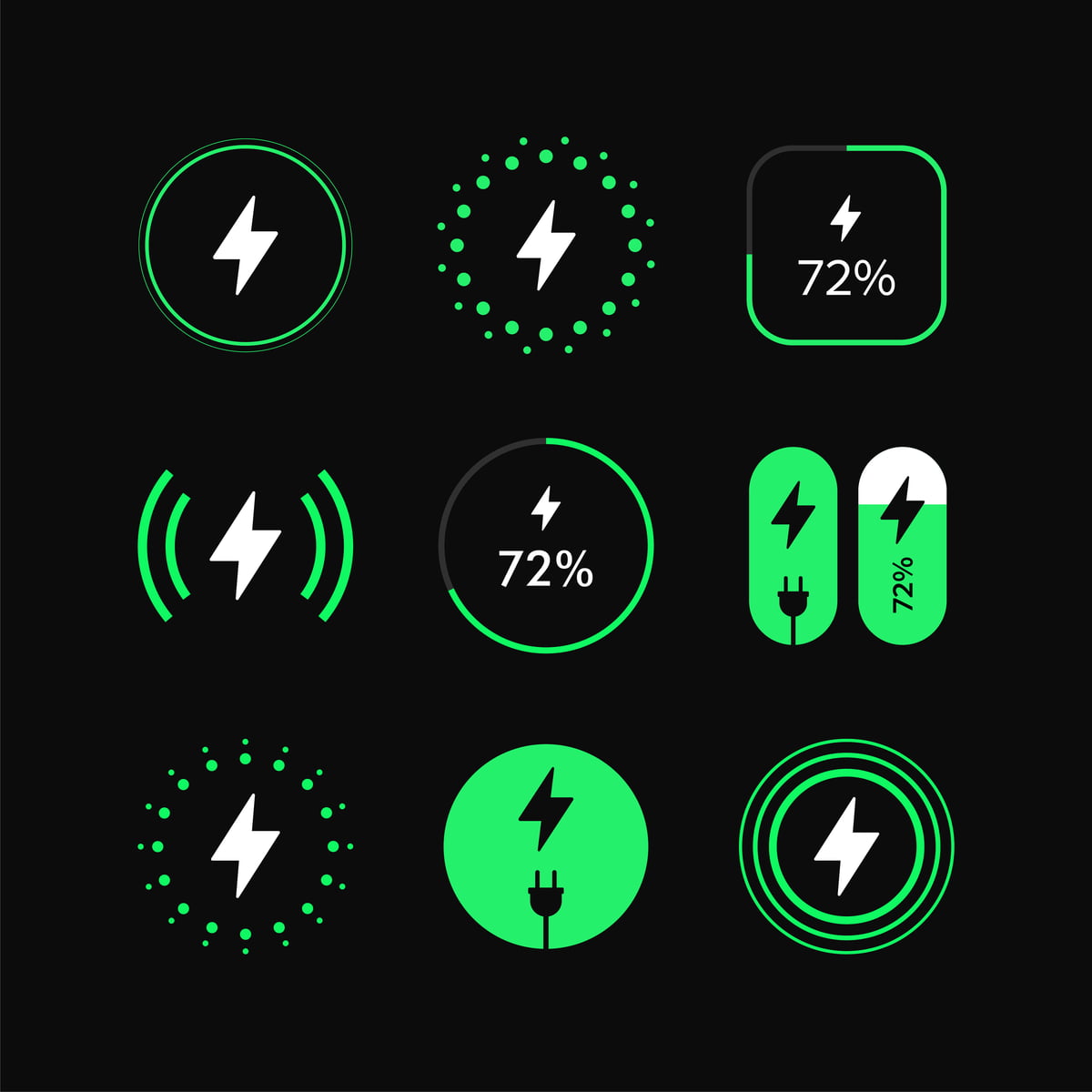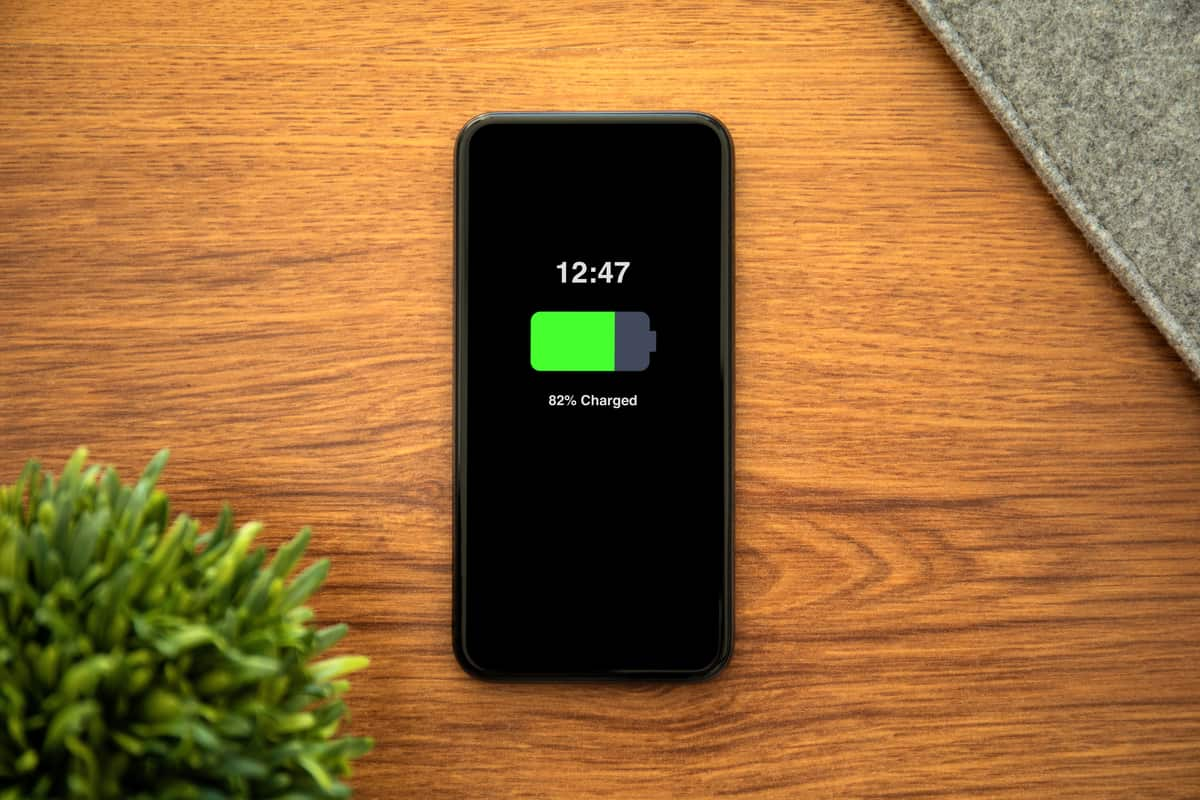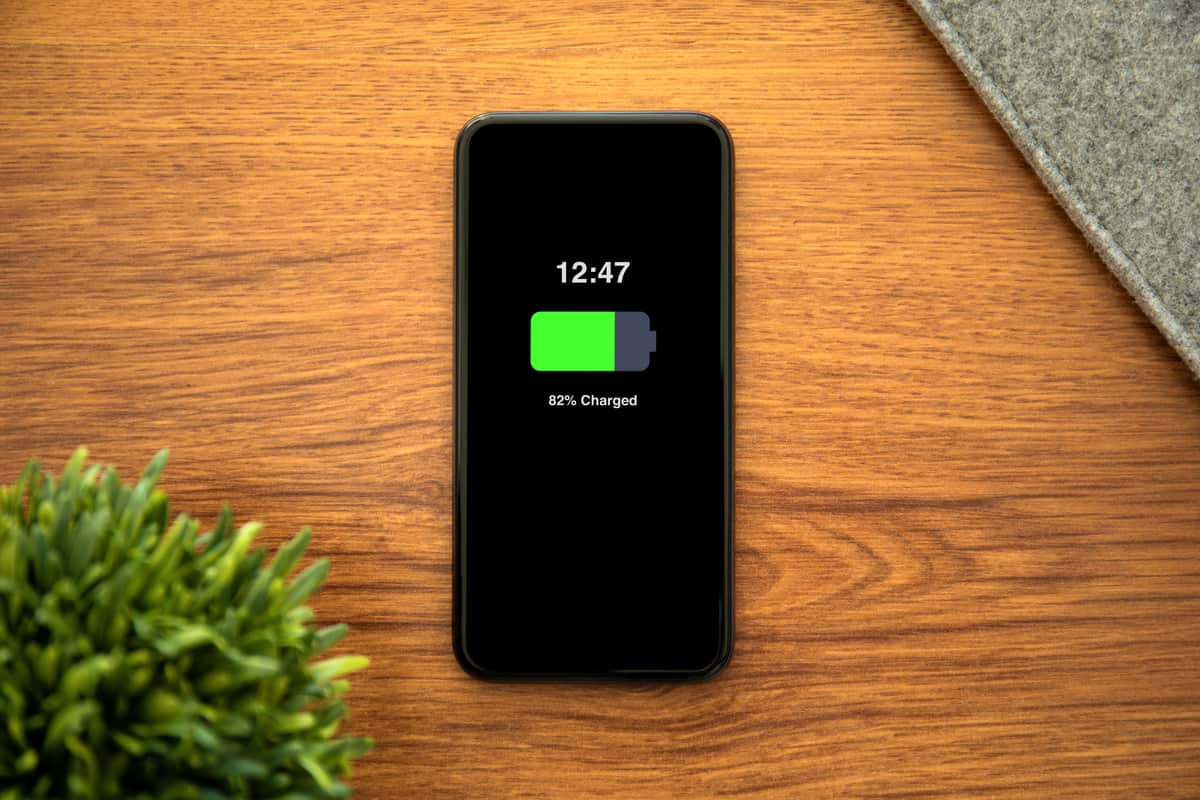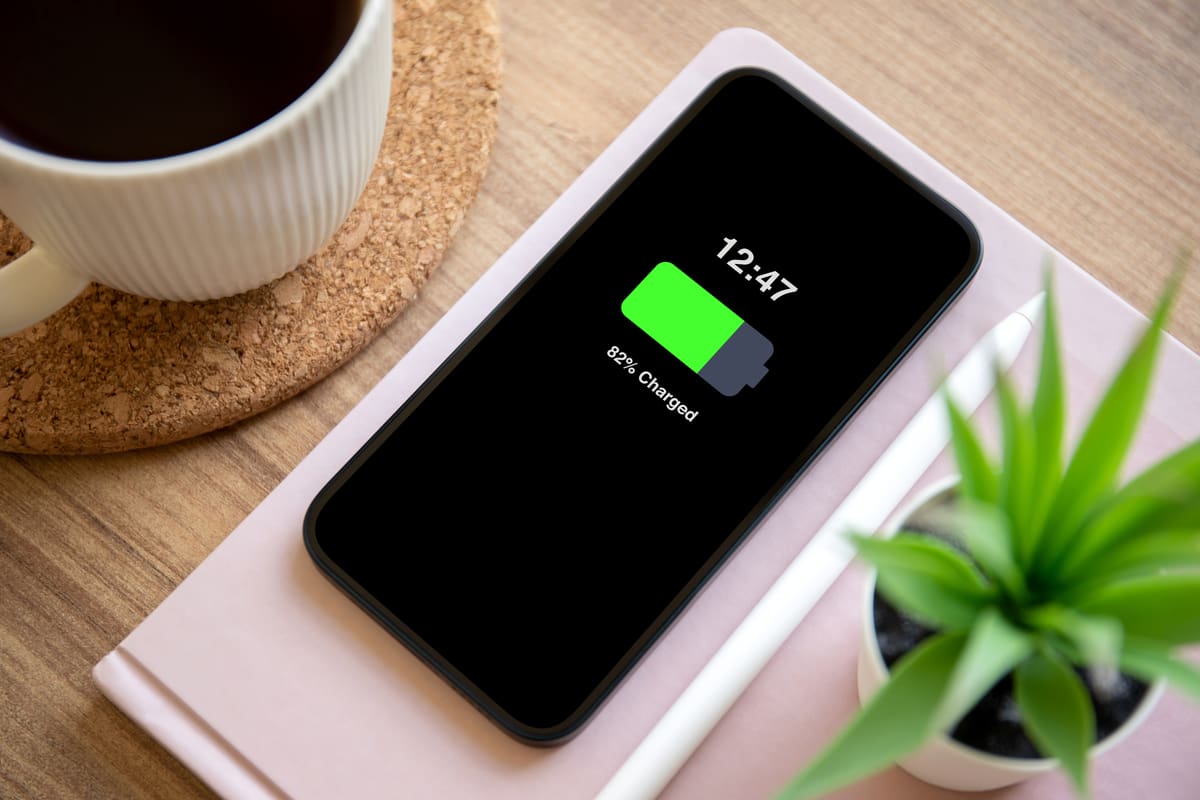
All About Qi
All About Qi
Explore how integrated wireless charging is transforming furniture design and creating smarter, more functional spaces. Learn about the latest innovations in hidden charging solutions and their impact on modern interior design.
- 16 February, 2025
- 2 min read
Discover how third-party chargers compare to original ones in terms of charging speed and safety. Learn about charging standards, certification requirements, and how to choose quality charging solutions that deliver optimal performance for your devices.
- 15 February, 2025
- 2 min read
Discover how under-counter wireless charging is transforming modern kitchens. Learn about installation options, compatible materials, and how to integrate hidden charging solutions into your kitchen design for a cleaner, more functional space.
- 14 February, 2025
- 2 min read
Explore the impact of overnight charging on battery longevity and learn about modern protection features in today's devices. Discover best practices for maintaining battery health and understand how smart charging technologies help protect your devices during extended charging periods.
- 13 February, 2025
- 2 min read
Explore the truth about using laptops while charging and its impact on battery life. Learn about modern battery technology, protection systems, and best practices for maintaining your laptop's battery health while maximizing its performance and longevity.
- 13 February, 2025
- 2 min read
Explore the relationship between fast charging and battery longevity. Learn about the science of battery wear, modern protection features, and best practices for maintaining your device's battery health while enjoying the convenience of fast charging technology.
- 12 February, 2025
- 2 min read
Master the installation process for built-in desk wireless chargers with our comprehensive guide. Whether you're a professional installer or commercial client, learn the essential steps for successful integration.
- 12 February, 2025
- 2 min read
Discover what to look for when selecting an under-desk wireless charger. From compatibility and installation requirements to power output, find the perfect charging solution for your workspace or commercial environment.
- 10 February, 2025
- 2 min read
Explore the top invisible wireless charging solutions for home offices in 2025. Find the perfect hidden charging solution for your workspace with our comprehensive guide to the latest technology and installation considerations.
- 08 February, 2025
- 2 min read
Learn everything about wireless charging through wooden surfaces, from desk installations to custom furniture solutions. Perfect for both home and commercial applications, discover how to maximize charging efficiency through wood.
- 05 February, 2025
- 2 min read
Follow our comprehensive step-by-step guide for installing an under desk wireless charger. Perfect for both home offices and commercial spaces, learn how to achieve optimal charging performance through any compatible surface.
- 04 February, 2025
- 2 min read
Discover the key differences between hidden and visible wireless chargers. From surface compatibility to installation requirements, learn which solution works best for home and commercial environments.
- 02 February, 2025
- 2 min read





